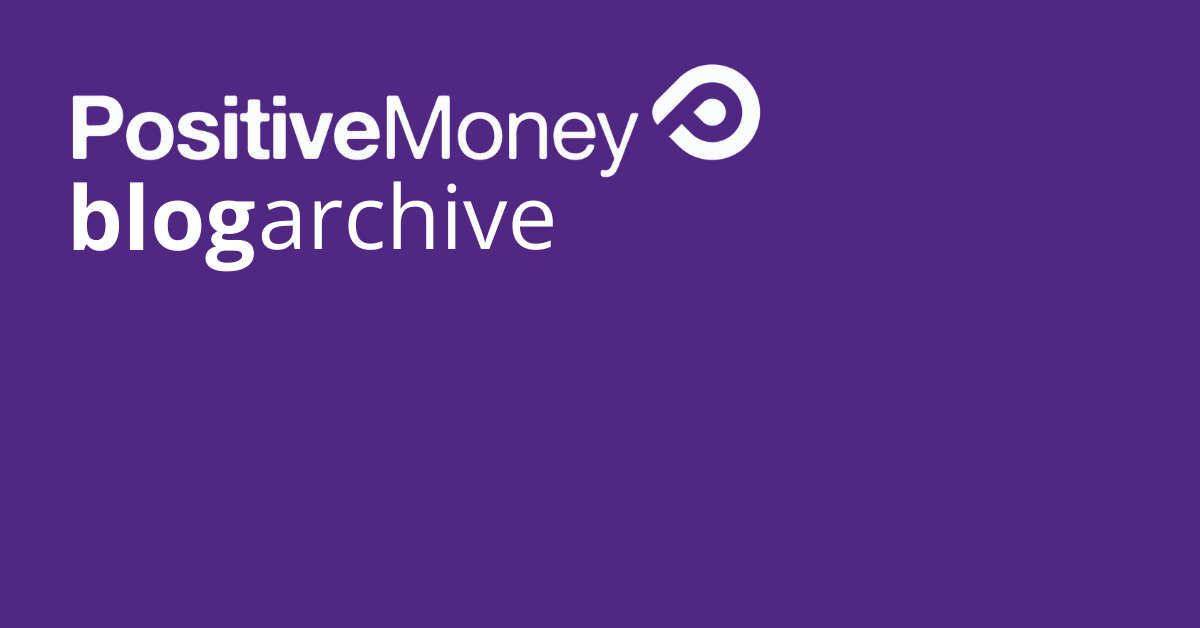Who Owes $7 Trillion to Whom?

While the media have been concerned with the worldwide spiralling liquidity debt crisis and the UK’s own £30 billion black hole, another truly remarkable financial fact has slipped virtually unreported into the public domain. Last week the Bank of International Settlements (BIS)* released its latest six-monthly report on the worldwide over-the-counter derivatives market. It shows that the market has grown by more than $107 trillion (18%) in the first half of this year making the notional total amount of derivative exposure shared by the world’s leading financial institutions (including all major banks) a staggering $707,568,901,000,000.
Close reading of the tables and definitions suggest that things could be worse or they could be better. The report is compiled from returns from only eleven countries (but they are the major players in this ‘market’) while on the other hand the estimated exposure of all these institutions if all their bets were to go bad dropped to an almost negligible $3 trillion. But whichever way you look at it the repayment of $3 trillion of liabilities would shut down the world’s banking system for some time while they sorted it out.
These highly complex financial instruments come in many shapes and sizes and the report goes to some pains to define them and explain how these overall figures have been compiled. This market, as the description over-the-counter suggests, is not really a market; it has up until now mostly been composed of bilateral agreements between buyers and sellers so there has been no centralised data and more importantly little or no clearing.
Both the US and the EU are pushing through legislative proposals aimed at bringing some transparency to the trade in these exotic and gigantic financial bets. The US Dodd-Frank Act requires the establishment of what it terms as Swap Exchange Facilities (SEFs), or trading platforms on which the more standardised of these contracts can be dealt and cleared. The rules on SEFs are emerging slowly against fierce opposition from Republicans in the Senate. The EU proposals include similar measures to push trading in OTC derivatives onto exchanges and other regulated venues, in line with agreements reached by the G-20. But not much substantial will happen before next year. What the headline figure will be then is anyone’s guess. Come to think of it you could probably find someone offering you a price on the bet.
* (In its own words) The Bank for International Settlements (BIS) was established in 1930, and has its head office in Basel, Switzerland. It was created by an international treaty signed by governments (The Hague, 20 January 1930), but has been set up and is exclusively controlled by central banks. The BIS fosters international monetary and financial cooperation and serves as a bank for central banks acting as: a forum for discussion and decision-making among central banks and within the international financial and supervisory community; a centre for economic and monetary research; a prime counterparty for central banks in their financial transactions; and agent or trustee in connection with international financial operations.